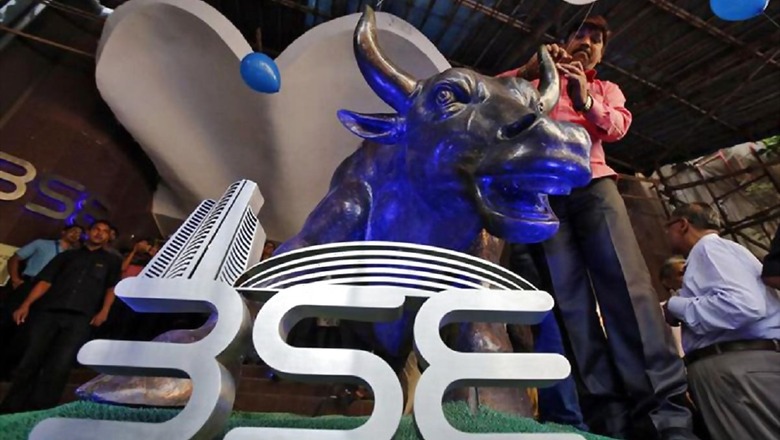
views
Indian equities in the coming week will watch out for fresh triggers amid surging coronavirus cases in the country and also take cues from global developments and corporate earnings, analysts said.
With last week's key macro data showing slow economic recovery and high inflation, experts are of the view that volatility may continue in the market going ahead due to subdued sentiment and participants would expect the government to step in with next round of measures for growth revival.
Official data last week showed that India's retail inflation for July stood at 6.93 per cent, compared to 6.23 per cent in June 2020; while exports slipped 10.21 per cent to USD 23.64 billion in July.
"Any indication of another stimulus package by the government will benefit the markets. Focus will remain on earnings visibility…" said Vinod Nair, Research Head at Geojit Financial Services.
Dozens of companies will be announcing their quarterly results this week. Sanjeev Zarbade, VP PCG Research, Kotak Securities, said, "As we move towards the end of the earnings season, the focus would move back to domestic developments on COVID-19 and strength of economic recovery after lockdown."
Meanwhile, India's total COVID-19 cases rose to 25,89,682 and the death toll from the infection climbed to 49,980, official data showed on Sunday. Globally, the number of cases surpassed 2.15 crore and the deaths topped 7.71 lakh.
"Going ahead, market volatility is likely to continue, largely mirroring global cues. Investors would look out for fresh triggers amid continued surge in domestic coronavirus cases," Siddhartha Khemka, Head – Retail Research, Motilal Oswal Financial Services Ltd, said.
During the last trading week, the Sensex declined 163.23 points or 0.42 per cent, while the Nifty fell 35.65 points or 0.31 per cent.
Analysts also said that developments on the further stimulus package in the US and trade tensions between Beijing and Washington would be on investors' radar. Markets would also track movement in global oil benchmark Brent crude and rupee-dollar trend, they said.



















Comments
0 comment